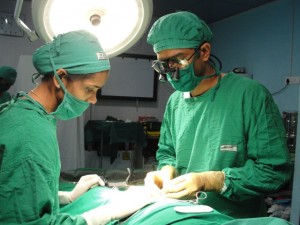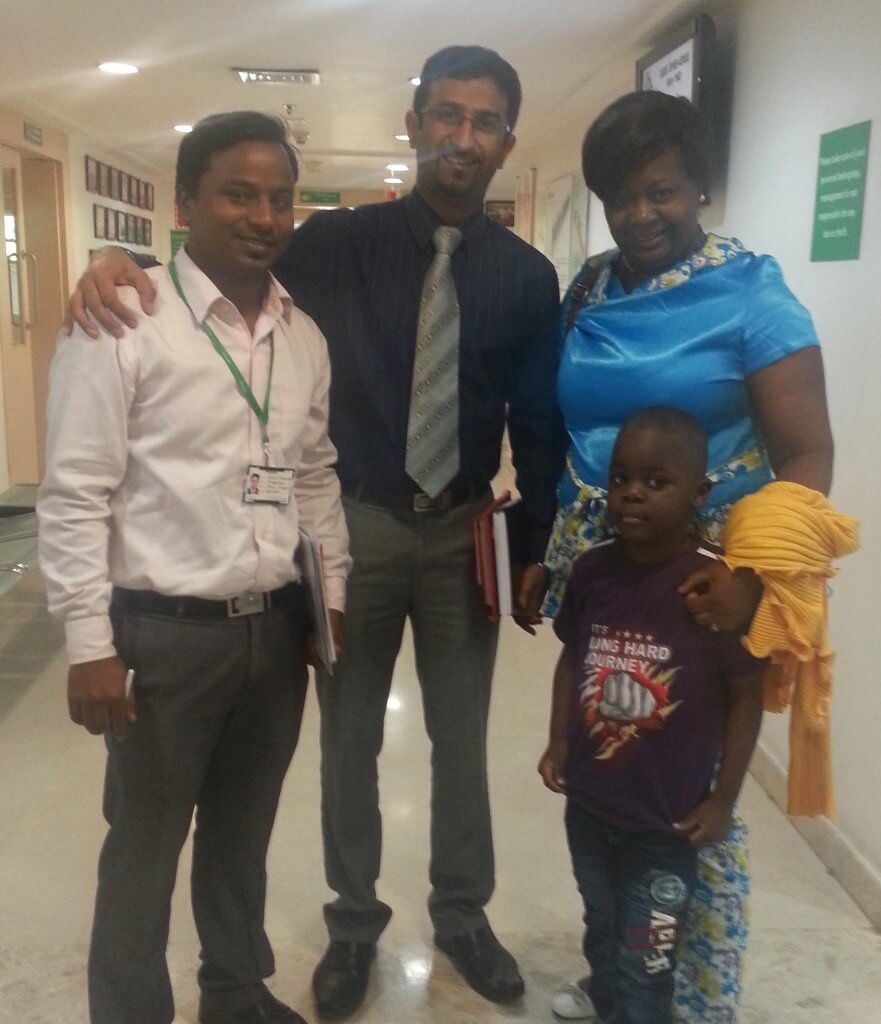Hypospadias Foundation starts Clinic for Hypospadias Treatment & Surgery in Bahrain
Hypospadias is a common congenital birth defect which occurs in 1/150 boys in India. 20-30 years back the treatment for hypospadias was very not very successful as the procedure and surgical techniques very not very refined, the number of expert hypospadias surgeons focussed on treatment was less, sutures and instruments for hypospadias surgery were also very basic. With advancing knowledge and expertise, these days in 2019, the results of hypospadias repair (urethroplasty) are much better. A lot of adults in this century, underwent surgery as children way back in 1980’s and 1990’s and some of them did not get good results even after multiple hypospadias surgeries due to complications. Some of these people lost hope at a cure and did not pursue further surgery for failed hypospadias. At Hypospadias Foundation, we regularly get such young adults who come from all over India to seek best treatment and cure for Hypospadias. One of the new techniques to cure such adults with hypospadias is to use skin from inside the mouth for making new urethra- called oral or buccal mucosa graft urethroplasty. In hands of an expert surgeon, it has extremely good results.
Case History:
Mr A.G. 26 years old young man, engineer by profession, extremely smart and suave in nature, came to our hypospadias clinic one evening. He sat down and talked about the trauma of two failed hypospadias surgery which he underwent in Indore with a plastic surgeon. The last surgery was about 10 years back. He had lost hope for cure till he stumbled upon Hypospadias Foundation while searching online. He had come with a hope to get a cure for his hypospadias issue and get married soon. His present problem was thin stream of urine, pain while passing and leak of urine from underside of penis. On examination, his penis was straight (no chordee), he had a fistula in proximal penile region with thin unhealthy urethra. We sat with him and explained the plan to do a cystoscopy and check for quality of urethra and find out reason for repeated failure of surgery and then decide whether a one stage or two stage surgery is needed for full cure and best results of hypospadias surgery. A.G. agreed for the plan and wanted the best treatment.
Surgery:
On cystoscopy, we saw that his new urethra was thin and unhealthy. We cut it open from tip of penis to the site of fistula and actually little below that. We saw that the dorsal wall (roof of urethra) was healthy with minor scarring. We made a deep cut in the dorsal wall in the central midline. We took a buccal graft (oral or labial graft) from upper lip. The graft was fixed with absorbable sutures in the midline to form a part of the neo-urethra. The graft and surrounding urethral wall were rolled into a tube with absorbable sutures around a 14 Fr silicon catheter – all in one stage. The unhealthy skin was excised, and closure of skin also done in a cosmetic way. The catheter was removed after 3 weeks and at one month after catheter removal AG was passing urine in a thick stream without pain from the tip of penis. He was very happy and planning to get married soon. We advised him to marry atleast 6 months after hypospadias surgery. The new urethra is still a bit fragile for 3-4 months after surgery and it is better to wait for 6 months for intercourse (coitus/ sex) after surgery.
Buccal (oral) mucosa graft urethroplasty in adults:
An adult with multiple failed hypospadias surgeries, generally has no normal penile skin or prepuce left for hypospadias repair using local tissues from penis. Hence in such patients, it may be better to use skin from inside the mouth for making the new passage. The skin can be easily taken from inside of cheek or lips. The defect heals very fast and generally without much complications. The buccal graft adapts to penile location very well and has great long-term results in failed surgery. While some of these cases are suitable for a single stage surgery, some may require two stage surgery depending on the severity of the defect. Nonetheless, Buccal Graft Urethroplasty remains a great option with best long-term results for children and adults with Failed Hypospadias.
At Hypospadias Foundation in India, Dr Singal and his team have one of the best hypospadias surgery results in the world. Children and adults from more than 20 countries such as UAE, Bahrain, Iran, Iraq, Afghanistan, Saudi Arabia, Pakistan, Bangladesh, Malaysia, Tanzania, Nigeria, Congo, Ethiopia, Kenya, Nepal, Indonesia, Egypt, Jordan etc come for treatment at our foundation. It is indeed heartening to see them go back with final cure from hypospadias.
To contact us write an email to hypospadiasfoundationindia@gmail.com or contact us at +91-9821261448 between 9am-6pm India time or fill up this form for enquiry.
Watch Buccal Mucosa Graft Urethroplasty Video here:
Watch Two staged Buccal Mucosa repair surgery in a child:


